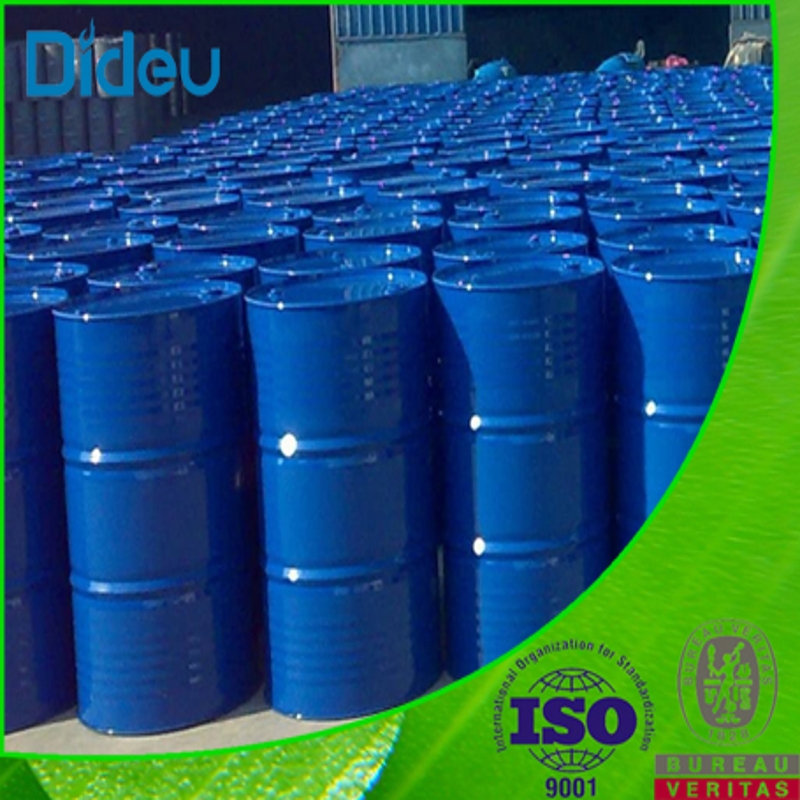-
Categories
-
Pharmaceutical Intermediates
-
Active Pharmaceutical Ingredients
-
Food Additives
- Industrial Coatings
- Agrochemicals
- Dyes and Pigments
- Surfactant
- Flavors and Fragrances
- Chemical Reagents
- Catalyst and Auxiliary
- Natural Products
- Inorganic Chemistry
-
Organic Chemistry
-
Biochemical Engineering
- Analytical Chemistry
-
Cosmetic Ingredient
- Water Treatment Chemical
-
Pharmaceutical Intermediates
Promotion
ECHEMI Mall
Wholesale
Weekly Price
Exhibition
News
-
Trade Service
Guide
The effects of miraberon and solifenacin on autonomic function and peripheral arterial disease in women with overactive bladder syndrome (OAB) are unclear and worth exploring
.
Miraberon and solifenacin are commonly used to treat overactive bladder syndrome
in women.
β-3 adrenoceptor agonists and antimuscarinic agents have been reported to have some effects on the cardiovascular system and autonomic nervous system, but no studies have investigated the effects
of monotherapy with mirabeiron and solifenacin on autonomic function and peripheral arterial disease in women with OAB.
A total of 113 women with OAB participated in this randomized controlled trial
between 2015 and 2020.
Patients were randomized to miraberon and solinacin to receive mirabeiron (25 mg, Qd) or solifenacin (5 mg, Qd)
for 12 weeks, respectively.
Heart rate variability (HRV) was used to assess autonomic dysfunction, ankle vascular index (CAVI) and ankle-brachial index (ABI) were used to assess peripheral vascular status, and blood pressure and heart rate were compared
between the two groups.
In the end, a total of 87 patients (n=43 in the mirabeiron group; n=44 in the solinacin group) completed 12 weeks of treatment and underwent HRV testing
.
After 12 weeks of treatment, the total score and all scores of the Overactive Bladder Symptom Scale (OABSS) improved in both groups, but there were no statistically significant differences
between baseline groups.
Figure 1 Changes in OABSS scores between the two groups
Fig.
2 Changes after 12 weeks of treatment (compared to baseline) in the two groups
Note: Data are represented by median (interquartile range).
After week 12, systolic blood pressure (median: -4.
5 to -5.
5 mmHg) and diastolic blood pressure (median: -0.
5 to -3.
5 mmHg) decreased in the solinacin group, and heart rate (median: +2 bpm) increased in the milabelon group, but there was no statistically significant difference
between groups.
In addition, there were no significant differences
between the baseline groups of HRV, CAVI and ABI after treatment.
The results of this study suggest that solifenacin may lower blood pressure in patients or may be a good option for the treatment of women with OAB and hypertension; Miraberon, on the other hand, may increase the patient's heart rate and does not appear to be suitable for women with
a resting heart rate concern.
Both drugs can improve the patient's OAB symptoms, and have no significant effect on the patient's autonomic nerve function and peripheral arterial disease.
References:
Hsiao SM, Tu FC, Su TC, Wu PC, Lin HH.
Impact of mirabegron versus solifenacin on autonomic function and arterial stiffness in female overactive bladder syndrome: a randomized controlled trial.
Sci Rep.
2022 Aug 20; 12(1):14219.
doi: 10.
1038/s41598-022-18391-6.
PMID: 35987885; PMCID: PMC9392788.
This platform is designed to deliver more medical information
to healthcare professionals.
The content published on this platform cannot replace professional medical guidance in any way, nor should it be regarded as diagnosis and treatment advice
.
If such information is used for purposes other than understanding medical information, this platform does not assume relevant responsibilities
.
The content published by this platform does not mean that it agrees with its description and views
.
If copyright issues are involved, please contact us and we will deal with
it as soon as possible.







